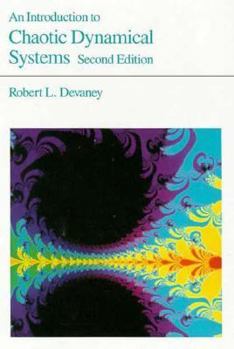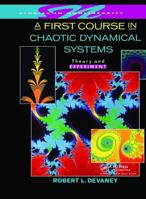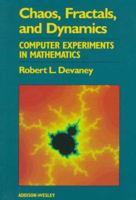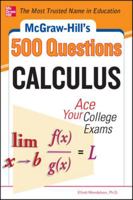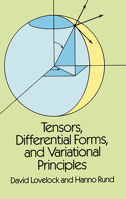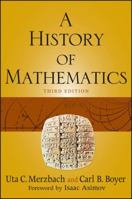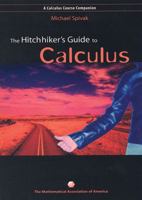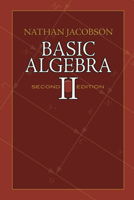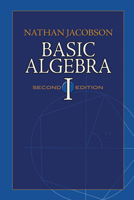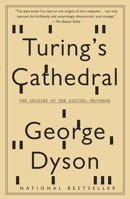An Introduction to Chaotic Dynamical Systems, Second Edition
Select Format
Select Condition 
You Might Also Enjoy
Book Overview
Customer Reviews
Rated 5 starsGreat Introduction to the topic
This is a very good book. Actually, Devaney's "First Course in Chaotic Dynamical Systems," is a good accompanying text. Fascinating subject...
1Report
Rated 5 starsExcellent book; unique in its accessibility and coverage of deep results
This book is an introduction to dynamical systems defined by iterative maps of continuous functions. It doesn't require much advanced knowledge, but it does require a familiarity and certain level of comfort with proofs. The basic idea of this book is to explore (in the context of iterative maps) the major themes of dynamical systems, which can later be explored in the messier setting of differential equations and continuous-time...
1Report
Rated 4 starsGood introduction to the beginning student
This book gives a quick and elementary introduction to the field of chaotic dynamical systems that could be read by anyone with a background in calculus and linear algebra. The approach taken by the author is very intuitive, lots of diagrams are used to illustrate the major points, and there are many useful exercises throughout the book. It could serve well in an undergraduate mathematics course in dynamical systems, and in...
1Report
Rated 5 starsThe best starting point.
This book covers almost every aspect of theory of discrete dynamical systems and by far the easiest explains and proofs with useful exercises, anyone with solid calculus and linear algebra background shouldn't have any problem absorbing this material and is highly recommended to whom wants to know about the theory of chaos from the scratch.
1Report











